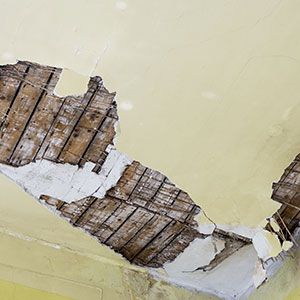The changing face of terrorism
29th November, 2018
Over recent years, the landscape of terrorism has, and continues to, change drastically. As well as the radical organisation known as ISIS, there is also an increased risk of ‘lone wolf’ attacks.
These attacks may be harder to detect, especially with access to information widely available with faster communication methods, and the ease of accessing equipment or tools used in the act of terror.
Initially, terrorism was covered in standard Commercial Insurance policies. However, after a series of high-profile terrorist attacks in City of London in 1992 and 1993, insurers placed a limit of £100,000 to cover the cost of damage and it was decided that the government would become a reinsurer for terrorism risks through the Pool Re scheme.
This is where ‘beyond the minimum £100,000 level, if policyholders want terrorism cover they must arrange it separately. The policyholder deals with one of the participating insurers, which will quote in accordance with centrally set rates. The premium is placed by the insurer in the “pool”, and this pool is then available for participating insurers to draw on in the event of a claim arising.
If the claims made exceed the value of the pooled funds, then the insurers would bear a small proportion of this additional cost through a 10% levy. Beyond this levy, the Government meets the remaining cost of claims. This level of terrorism cover is only available to those who have purchased it; the Government will not pay terrorism claims from uninsured parties’*.
It was argued that Pool Re was not flexible enough and changes were made to the policy. The policy now includes damage to buildings. As of April 2018, Pool Re includes cover for business interruption losses that are not contingent on damage to commercial property and extend its cover to include material damage and direct business interruption caused by acts of terrorism using a cyber trigger.
Insurance for terrorism has already changed vastly. But it will have to continue to adapt with new acts of terrorism.
As well as covering the financial loss caused by property damage, insurance can include medical expenses, counselling and recovery expenses, closure of premises, denial of access, relocation costs, PR support costs and loss of attraction even without property damage.
Recent events including vehicles that have caused mass casualties and loss of life has increased, leading to complex liabilities, with some insurers excluding terrorism in their policies. However, some innovative insurers have created insurance products specifically to combat the effects of terrorism on businesses.
If you are concerned about yourBusiness Insurance and terrorism, speak to Routen Chaplin on 0115 973 4437 or email insurance@routenchaplin.co.uk
For more information on this topic, please view the downloadable PDF below.

Sources:
*Pool Re https://www.poolre.co.uk/terrorism-threat-mitigation-report-2018/

